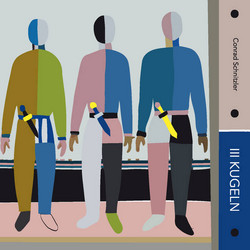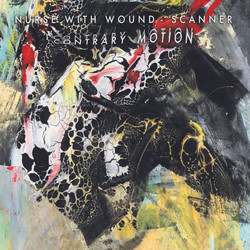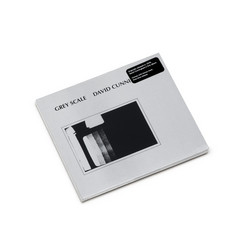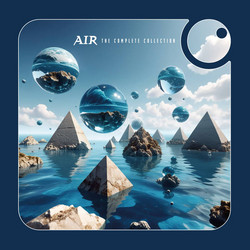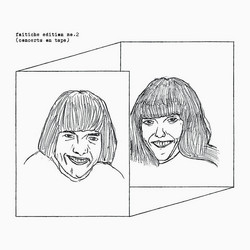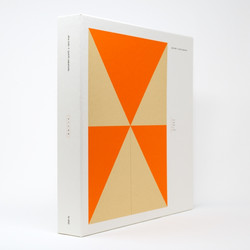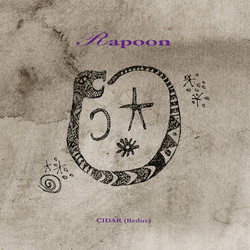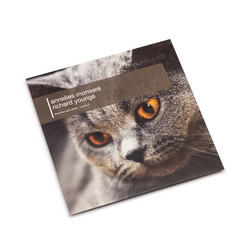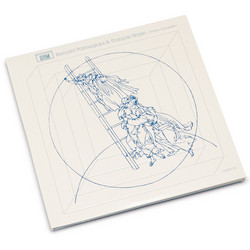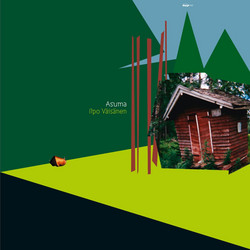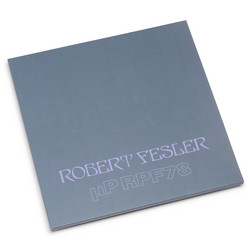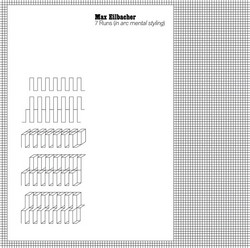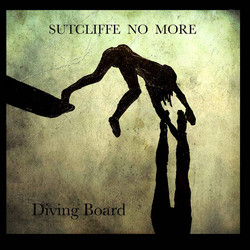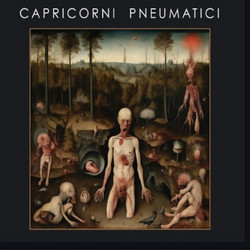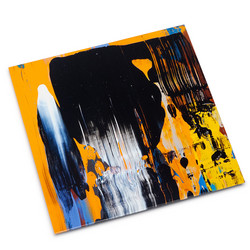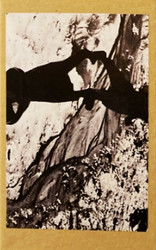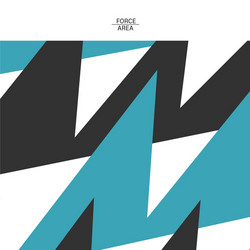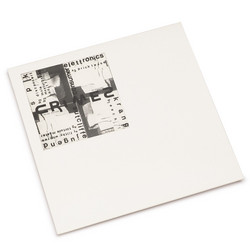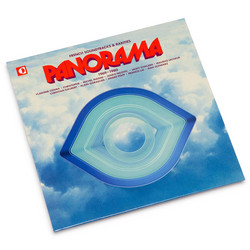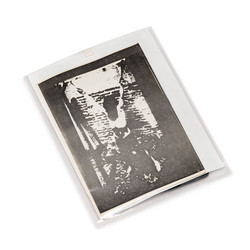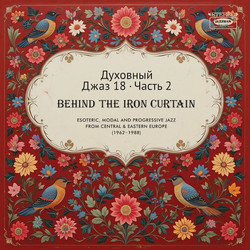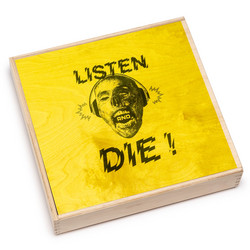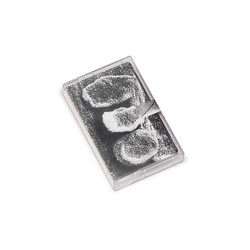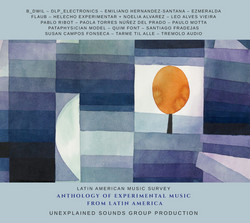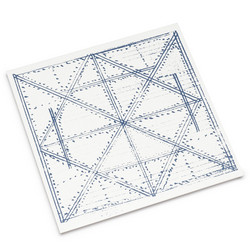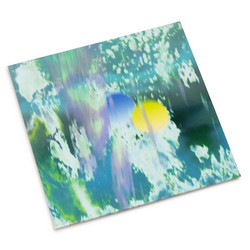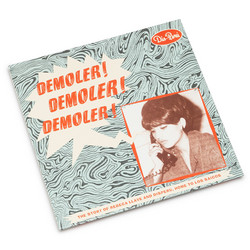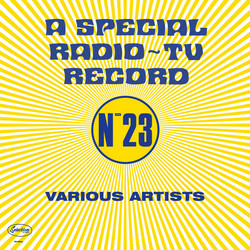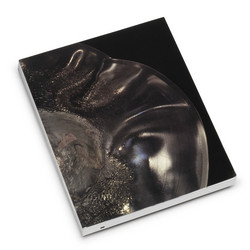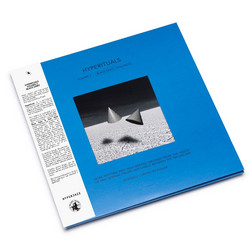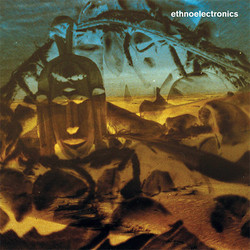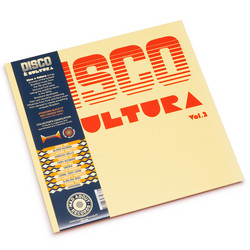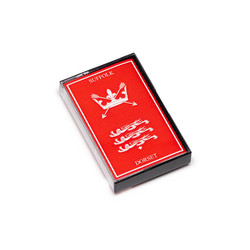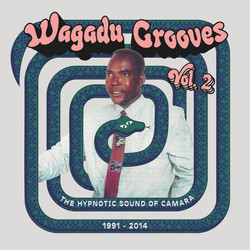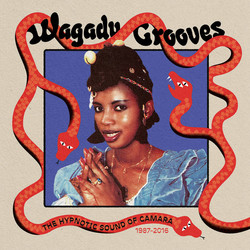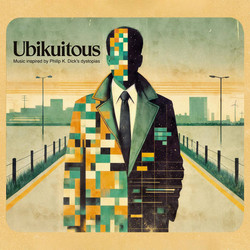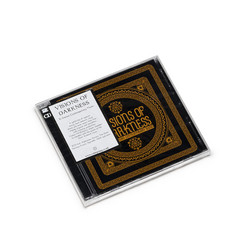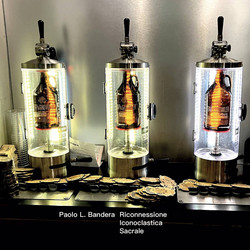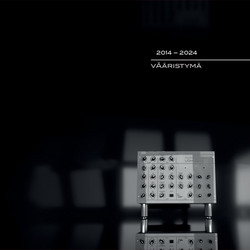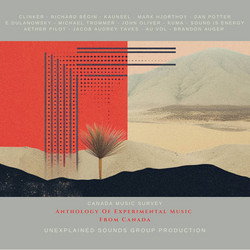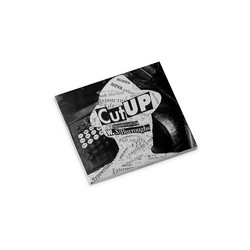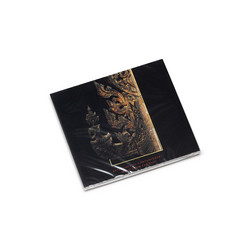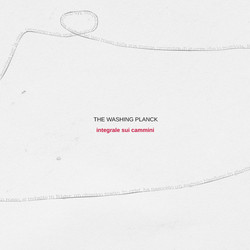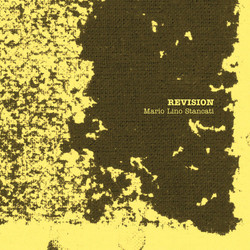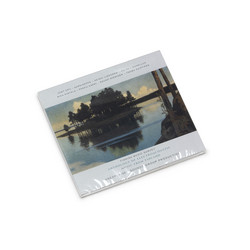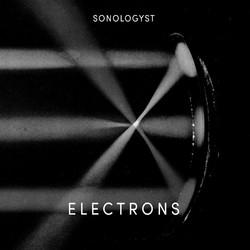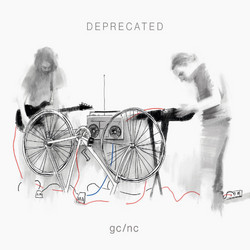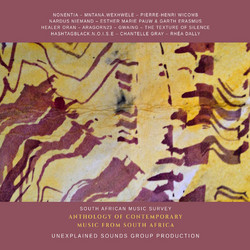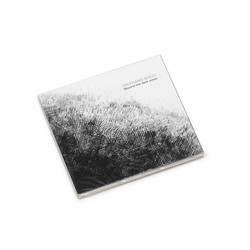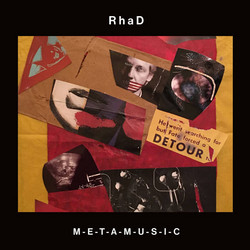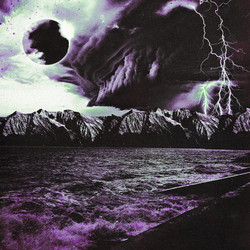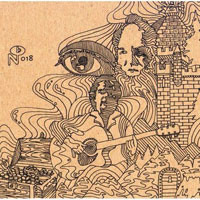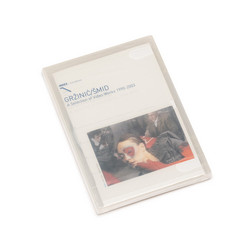Various Artists
Anthology Of Post Industrial And Experimental Music From Italy
*In process of stocking* Since the end of the 1970s, industrial music has stood out as one of the most vital and innovative forms of all the popular culture of the 1900s. In Italy, industrial and post-industrial have generated one of the most interesting and popular music scenes on the international scene. The reasons for this success are to be found in the cultural matrix and in the inspirational models that underlie this artistic phenomenon. Unlike what happened previously, the roots of industrial did not sink into US and UK rock. Influences from various artistic avant-gardes of the last century converged in the so-called grey area: futurism, Dadaism, situationism, performance, body and mail art. One of the main merits of the industrial scene was precisely that of translating the most radical aesthetics of research art into music, without leaving the context of popular music, in terms of distribution and market. This choice led, from the beginning, to the creation of a musical environment that did not derive from Anglo-Saxon cultural models. Above all in Italy, Germany and France, it drew more or less consciously on their respective experimental background: Russolo and his idea of Art of Noise in Italy, musique concréte in France, the electronics of Stockhausen, and the associates in Germany.
The variety of expressive codes developed with the post-industrial is testimony to the possibilities that were thus opened; extreme noise; shock tactics; atonality; improvisation; electronics and technology; references to primitive and bruitist music; rituals, tribal and folkloric. In this sense, the Italian post-industrial panorama is exemplary, just look at how wide the sound and thematic range of its proposals is. A creative engine that still has not stopped, renewing itself and adapting to the changing of historical times. This selection reviews some of the best artists and historical themes of the national post-industrial, flanked by more recent projects, testifying to an artistic energy that is still alive and pulsating today. The 70s and 80s are far away; perhaps, it is no longer the time to "listen with pain", as the pioneers of the genre claimed, but that sacrifice has certainly pushed us this far. It is therefore our task to listen with dedication and maximum attention. The mission isn't over yet. ' - Gianluca Becuzzi
